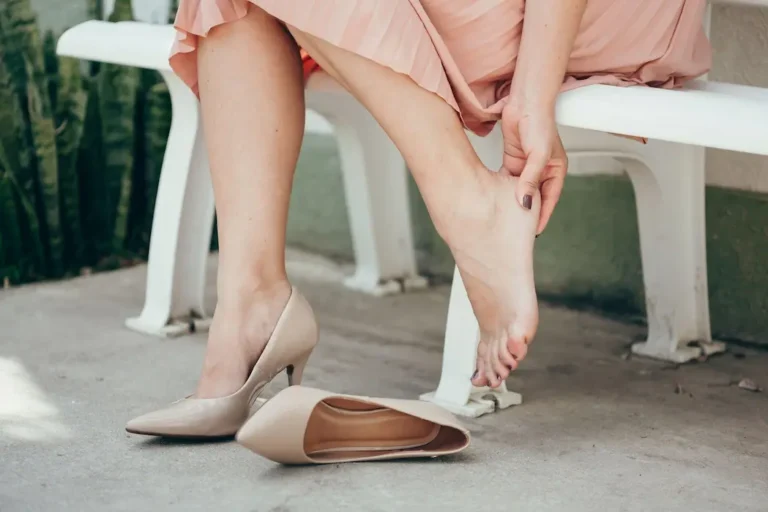Living with diabetes comes with its challenges, and one of the often overlooked aspects is diabetic foot problems. Your feet may hold crucial clues to your overall health, especially if you have diabetes. This article will delve into the beginning stages of diabetic feet and how to identify potential issues early. Let’s take a step in the right direction towards better foot health.
Diabetic Feet Pictures Beginning Stages


What are Diabetic Feet?
Diabetic feet refer to a condition where individuals with diabetes experience a range of foot-related problems due to complications associated with the disease. These complications primarily arise from prolonged periods of high blood sugar levels, which can lead to nerve damage (neuropathy) and poor blood circulation.
The Importance of Early Detection
Early detection of diabetic foot problems is crucial for preventing serious complications such as ulcers, infections, and even amputations. Regular self-examinations and awareness of the beginning stages can make a significant difference in managing diabetic feet effectively.
Recognizing the Beginning Stages
Understanding Neuropathy
Neuropathy is one of the initial signs of diabetic foot problems. It occurs when prolonged high blood sugar levels damage the nerves in your feet. This damage can lead to numbness, tingling, or a burning sensation in your feet.
Skin Changes(Dry Skin)
People with diabetes often experience dry and flaky skin on their feet. Dry skin can lead to cracking and itching, making it easier for bacteria to enter and cause infections.
Discoloration
Notice any unusual changes in skin color on your feet? Diabetic feet can sometimes appear reddish, blue, or even pale due to circulation issues.
Foot Ulcers
Foot ulcers are open sores that commonly develop on the bottom of the feet or around the big toe. These ulcers can be painful and may take a long time to heal. Identifying them early is crucial to prevent infections.
Calluses and Corns
Calluses and corns often form due to excessive pressure on certain areas of the feet. In diabetic individuals, these can develop faster and be more problematic.
Ingrown Toenails
Ingrown toenails occur when the edge of a toenail grows into the skin. Diabetic feet are more prone to infections from ingrown toenails, making it important to address them promptly.
Pictures of Diabetic Feet and Beginning Stages 😮https://t.co/fqlRh7c2n7#feet #feetmodels #feetofig #feetgram #diebeticfeet #feetpicsforsell #feetcare #feetcontent #feetseller pic.twitter.com/2wblIbftht
— Sellfeetpics (@sellfeetpicsco) September 22, 2023
Preventive Measures
Proper Foot Care
Maintaining good hygiene and moisturizing your feet can prevent dry skin and reduce the risk of infections. Regularly trimming your toenails correctly can also help prevent ingrown toenails.
Sensible Footwear
Choose comfortable, well-fitting shoes that provide proper support and reduce pressure points. Avoid high heels or shoes that squeeze your toes.
Blood Sugar Management
Keeping your blood sugar levels within the target range can significantly reduce the risk of diabetic foot complications. Regular check-ups with your healthcare provider are essential.
Conclusion
In conclusion, understanding the beginning stages of diabetic feet is vital for anyone living with diabetes. By recognizing neuropathy, skin changes, foot ulcers, calluses, and ingrown toenails early on, you can take proactive steps to prevent more severe complications. Remember that proper foot care, suitable footwear, and blood sugar management are key to maintaining healthy feet.
FAQs
What is the primary cause of diabetic foot problems?
Diabetic foot problems are primarily caused by prolonged high blood sugar levels, leading to neuropathy and poor blood circulation.
Can diabetic foot ulcers be treated at home?
While some minor ulcers can be treated at home with proper care, it’s crucial to consult a healthcare professional for any diabetic foot ulcer to prevent complications.
How often should I inspect my feet if I have diabetes?
Inspecting your feet daily and seeking medical attention for any concerning changes or issues is recommended.
Are there any specific foot creams recommended for diabetic skincare?
There are specialized diabetic foot creams available, but it’s best to consult your healthcare provider for personalized recommendations.
Can diabetic foot problems be prevented entirely?
While not all diabetic foot problems can be entirely prevented, early detection and proper management can significantly reduce the risk of severe complications.








